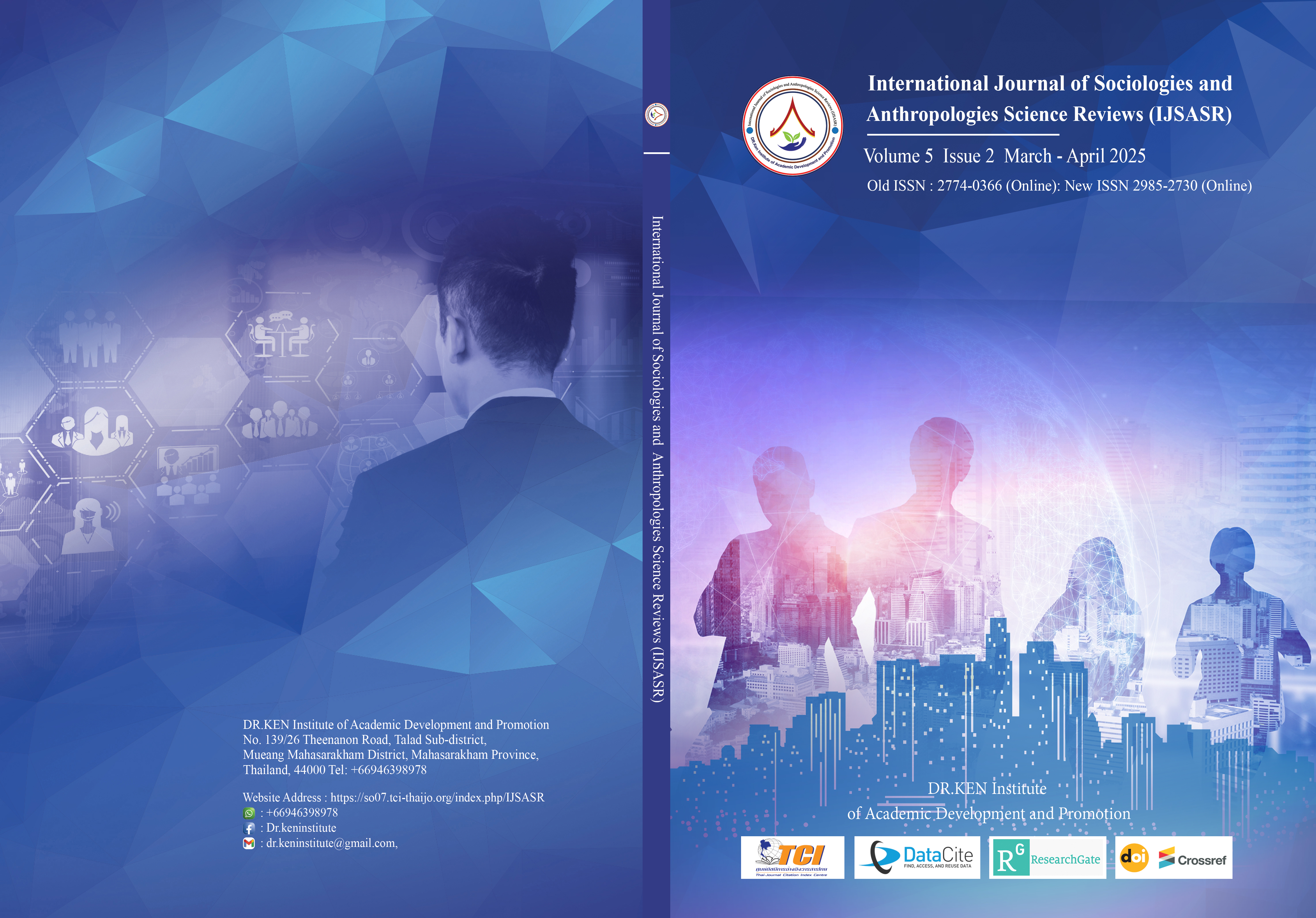Effects of Core Strength Training Program to Improve Table Tennis Forehand and Backhand Smash of University Students in Nanjing City The People’s Republic of China
Main Article Content
Abstract
Background and Aim: The forehand and backhand smash is one of the most important techniques in table tennis. It can be seen from the early data that the smash technique has a very important effect on the result of the match. The purpose of this study is to explore the effectiveness of a core strength training program on improving the effect of forehand and backhand smashes of table tennis in Nanjing college students.
Materials and Methods: This study is quasi-experimental. The study population was 60 students currently studying in the 2023 academic year at Nanjing Sport University, all of whom were students in the table tennis club. The 60 students will take the forehand and backhand smash test and record their scores. According to the test scores, 30 students ranked 16-45 were selected as samples. Since students at the top of the rankings are likely to have better skills and those at the bottom are fewer, the reliability of the research can be better reflected by selecting students in the middle of the rankings. In this experiment, the training will last for 8 weeks, including 2 hours a day, 5 days a week. In addition, forehand and backhand smash speed and accuracy tests were performed before training, after 4 weeks, and after 8 weeks, respectively. In this study, mean, standard deviation, one-way repeated measurement ANOVA, and dependent T-test were used to analyze the data.
Results: After the core strength training, the forehand and backhand smash speed test and accuracy test results between the pre-test, 4-week training, and post-test were all below 0.05 level, and this study had statistical significance.
Conclusion: Through scientific methods and empirical data, this study fully proves that core strength training has a significant effect on improving the speed and accuracy of table tennis forehand and backhand smash, which is consistent with the hypothesis of this study.
Article Details

This work is licensed under a Creative Commons Attribution-NonCommercial-NoDerivatives 4.0 International License.
Copyright on any article in the International Journal of Sociologies and Anthropologies Science Reviews is retained by the author(s) under the under the Creative Commons Attribution-NonCommercial-NoDerivatives 4.0 International License. Permission to use text, content, images, etc. of publication. Any user to read, download, copy, distribute, print, search, or link to the full texts of articles, crawl them for indexing, pass them as data to software, or use them for any other lawful purpose. But do not use it for commercial use or with the intent to benefit any business.

References
Feng, J., & Yuan, J. (2015). A review of core stability and core strength research. Journal of Sports Science, 24, 53-55.
Gao Lei. (2018). Analysis of the technical movements of badminton smash. Sports Style. 4, 51-58.
Guo, Y. (2011). A discussion on the role of core strength training in table tennis. Success (Education), 10, 264-266.
Li, D., & Li, J. (2016). The value of core zone training under a critical perspective. Journal of Tianjin Sports University, 32, 89-90.
Li, H., Zhang, Y., & Wang, L. (2016). The influence of core strength training on the footwork and shot stability of table tennis players. Sports Science Literature Bulletin, 24(6), 80-81.
Liu, X. (2008). The low ratings of the World Table Tennis Championships trigger deep thought, Jiang Heping offers three suggestions for the Super League. Tencent Sports. http://sports.qq.com/a20090507/000514.htm
Wang, D. (2015). A study on the three-dimensional kinematics of forehand smash technique in badminton. Master's thesis: Capital Institute of Physical Education.
Wang, W., & Li, H. (2007). Research on core strength training for competitive athletes. Journal of Beijing Sport University, 8, 1119-1121.
Wu, D., Shang, R., & Fan, M. (2010). An analysis of China’s table tennis development strategy under the “prosperous crisis” based on the 50th World Table Tennis Championships in Yokohama. Sports, 5, 21-26.
Zhang, X., Wang, L., & Li, X. (2015). The impact of core strength training on the table tennis players' receiving and serving techniques. Sports Science Literature Bulletin, 23(11), 78-79.






